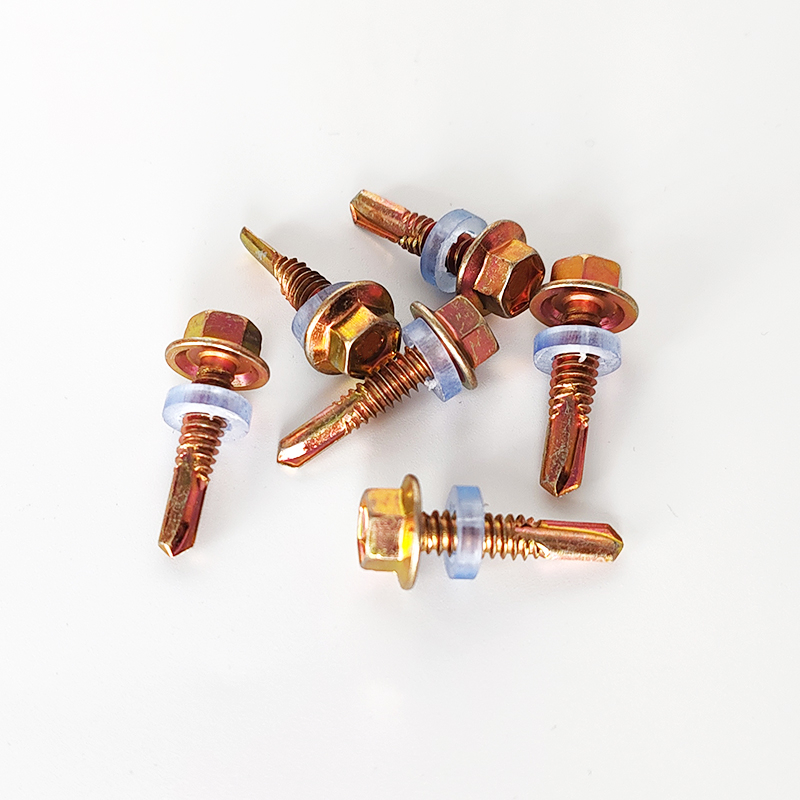shear stud detail
Understanding Shear Stud Details in Structural Engineering
In the field of structural engineering, shear studs are crucial components that play a significant role in the behavior and performance of composite structures. This article will delve into the details of shear stud design and their importance in modern construction.
Shear studs, often made of high-strength steel, are embedded in concrete slabs and are used to create a composite action between the concrete and steel beams in a structure. This composite action is vital for optimizing the load-carrying capacity and stiffness of structures, thereby enhancing their overall durability and safety.
The Function of Shear Studs
The primary function of shear studs is to transfer horizontal shear forces between the concrete and the steel beam. When a load is applied to a composite beam, the steel and concrete work together to resist this load. The shear studs act as connectors that ensure both materials behave as a single unit under stress. The performance of a composite beam largely depends on the number, spacing, and design of these shear connectors.
In standard practice, the design of shear studs is guided by various codes and standards, such as the American Institute of Steel Construction (AISC) and the American Concrete Institute (ACI). Engineers must consider factors like shear strength, spacing requirements, and the ultimate limit state to ensure that the studs can accommodate expected loads without failure.
Design Considerations
shear stud detail

When designing shear studs, several critical factors need to be addressed
1. Material Selection Shear studs are generally made from high-strength steel, which provides the necessary tensile strength to handle the forces that occur during loading and unloading cycles. The selection of material influences not only the performance but also the durability of the studs over the lifespan of the structure.
2. Size and Geometry The diameter and length of shear studs play a significant role in their effectiveness. Larger diameter studs can transfer more shear force but may require additional reinforcement in the surrounding concrete. The geometry of the stud, including its head design, also affects the embedding process and bonding with concrete.
3. Placement and Spacing Proper placement and spacing of shear studs are paramount for ensuring balanced load distribution. Inadequate spacing can lead to localized failure, while excessive spacing may reduce overall structural performance. Engineers often use finite element analysis to optimize the arrangement of shear studs within a beam or slab.
4. Installation Methods Shear studs can be installed using various methods, including welding, which is the most common. The weld strength must be sufficient to withstand the maximum shear forces, and the quality of the welds should be monitored throughout construction.
Conclusion
In summary, shear studs are integral to the structural integrity of composite beams in construction. Their design and implementation must be approached through careful consideration of material properties, geometric configurations, and installation practices. As the demand for safer and more efficient building methods continues to grow, understanding the nuances of shear stud details will be essential for engineers and architects alike. With the right design, shear studs can significantly enhance the load-bearing capacity and performance of modern structures, bridging the gap between concrete and steel in a harmonious and efficient manner.
-
Weatherproof Plastic Expansion Anchors for OutdoorNewsJun.06,2025
-
Sustainability in the Supply Chain: Eco-Friendly TEK Screws ProductionNewsJun.06,2025
-
Load-Bearing Capacity of External Insulation FixingsNewsJun.06,2025
-
Double Head Bolts: Enhancing Efficiency in Industrial MachineryNewsJun.06,2025
-
Corrosion Resistance in Chipboard Screws: Coatings for Wholesale DurabilityNewsJun.06,2025
-
Butterfly Toggle Bolts : Enhancing Structural ResilienceNewsJun.06,2025
